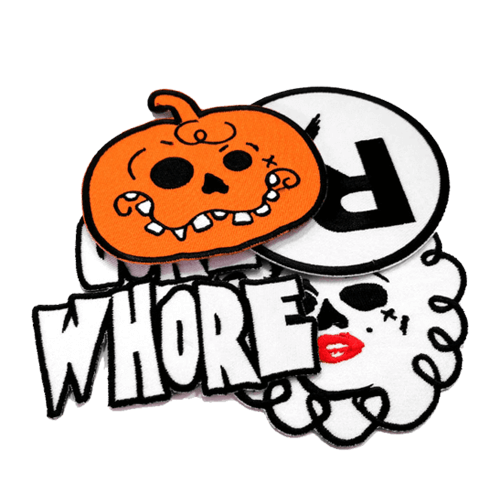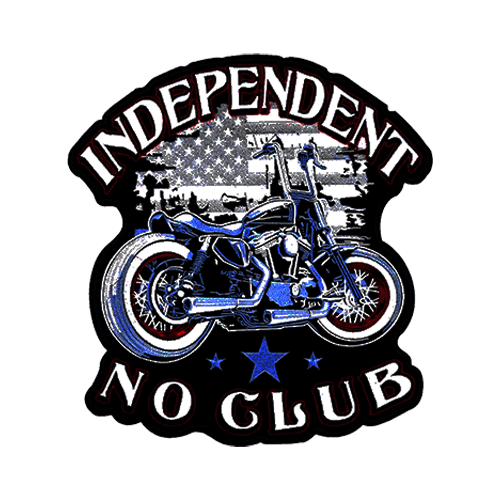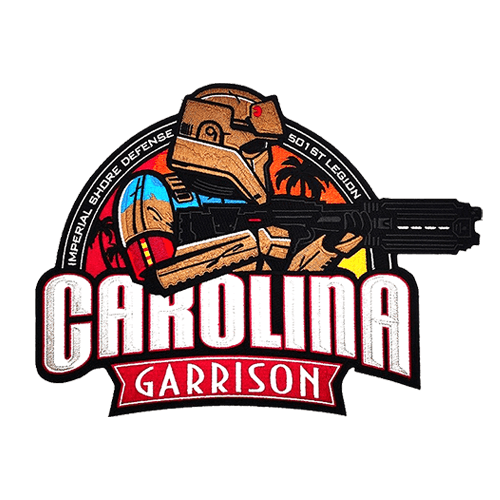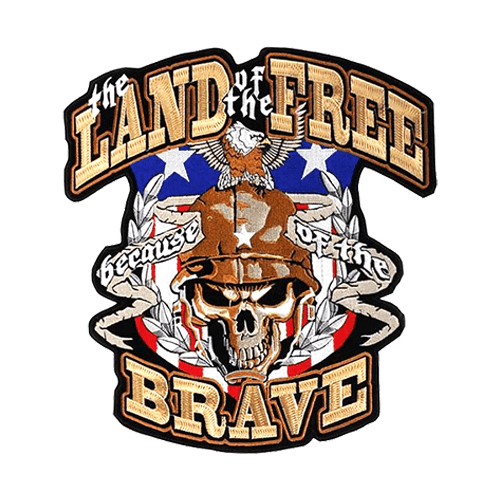Showing 1 - 5 of 0
Showing 1 - 5 of 509
L
LucasFL, United States
S
SaphiraDE, United States
No issues, good service. Great product with great quality.
N
NVCA, United States
Alicia does a great job responding and answering all my questions. I have placed 3 orders for 2 unique made designs and I've never had any issues.
M
MeangreenIA, United States
It was a good one just need to work on the price a little better on for returning customers giving them like an extra 15 percent of for just coming back
C
CharlesNC, United States
I've used Vivipins for a half-dozen orders now and I'm happy every time. Easy to order and a quick turnaround with a quality product.
Item #244
Product Details
Item #244
Custom Biker Patches
A custom biker patch is a fantastic way to express your individual style and can g...
Step 1
Select Patch Style
View all colors (3)
Step 2
Select Quantity, Size & Colors
1. Select input quantity
Quantity
Price Each
$0
2. Select Patch Size
3. Numbers of colors in design
STEP 3
Select Backing Type
STEP 4
Upload Artworks & Comments
1. Upload Files:( You can skip this step and email artwork later)

Click Here To Upload
Allowed extensions *.png *.jpg *.jpeg *.ai *.eps *.psd *.tif *.tiff *.pdf
* Free design & Unlimited Revision More than 1 design? Upload your first design and Add To Cart, then press continue shopping
2. Order Comments (optional)
The proof design will be sent for approval before we start production.
STEP 5
Select Delivery Date And Review Order Details
We ship all over the world at no extra cost!
26
May
2024
2024
Free
27
May
2024
2024
Free
28
May
2024
2024
Free
29
May
2024
2024
Free
30
May
2024
2024
Free
31
May
2024
2024
Free
2
Jun
2024
2024
Free
7
Jun
2024
2024
Free
12
Jun
2024
2024
Free
We Ship All Over The World At No Extra Cost!
Estimated Delivery Date*
Subtotal:$0
0% Off:$0
Final Price:$0
Total Quantity: 0
Unit Price: $0
Not ready to buy yet?


















Would Recommend
Would Buy Again
Product Satisfaction
Price
Customer Service